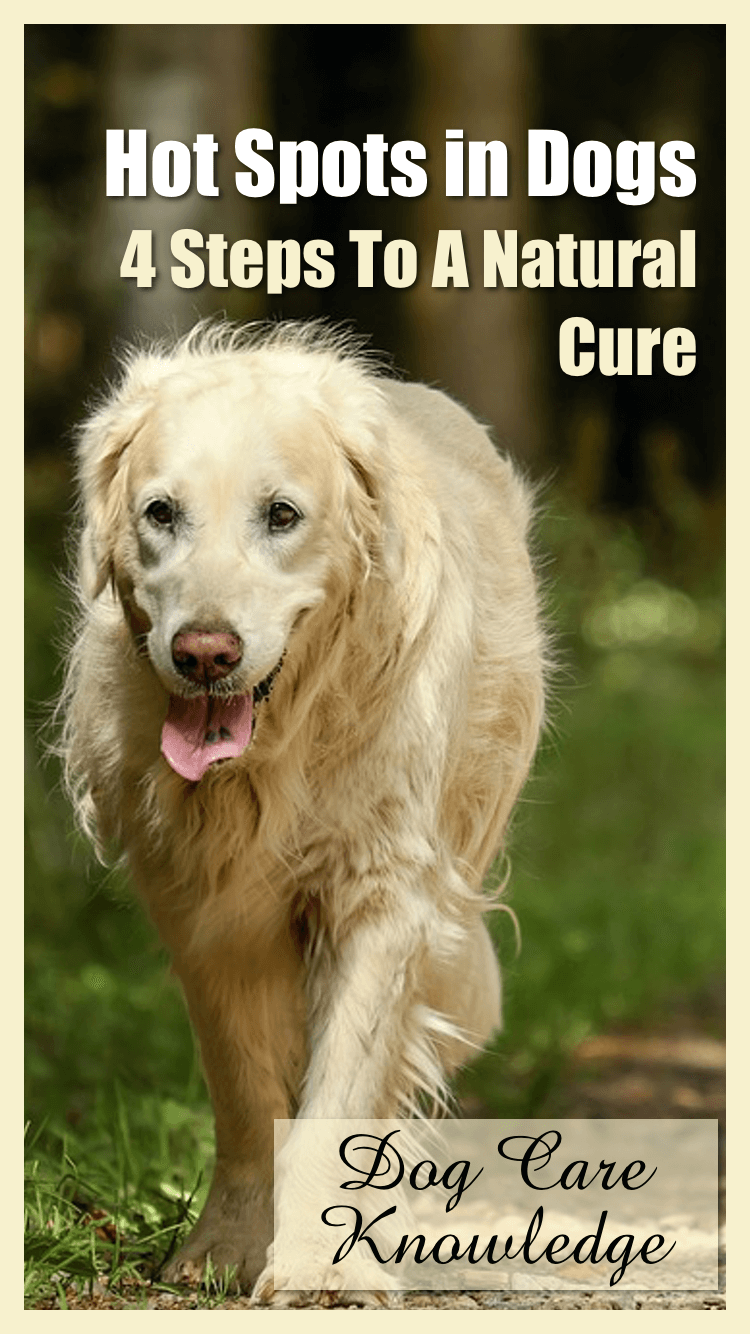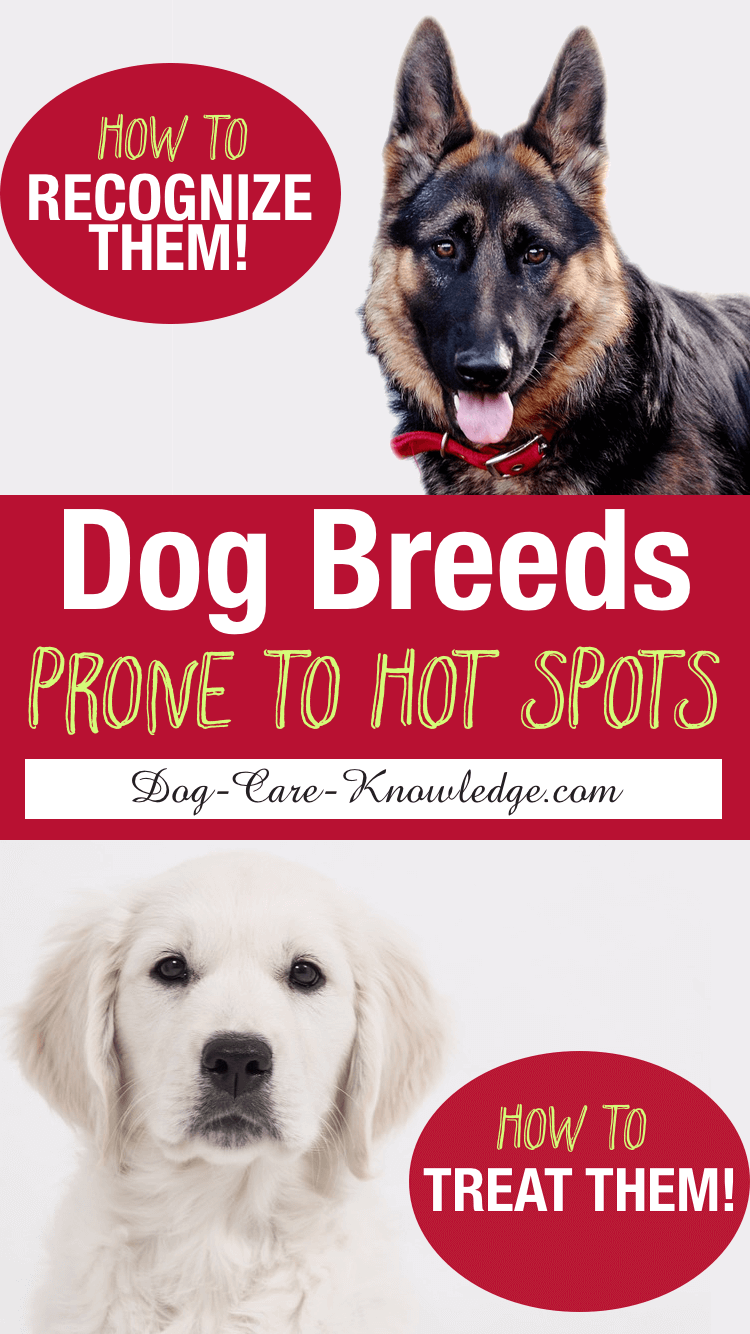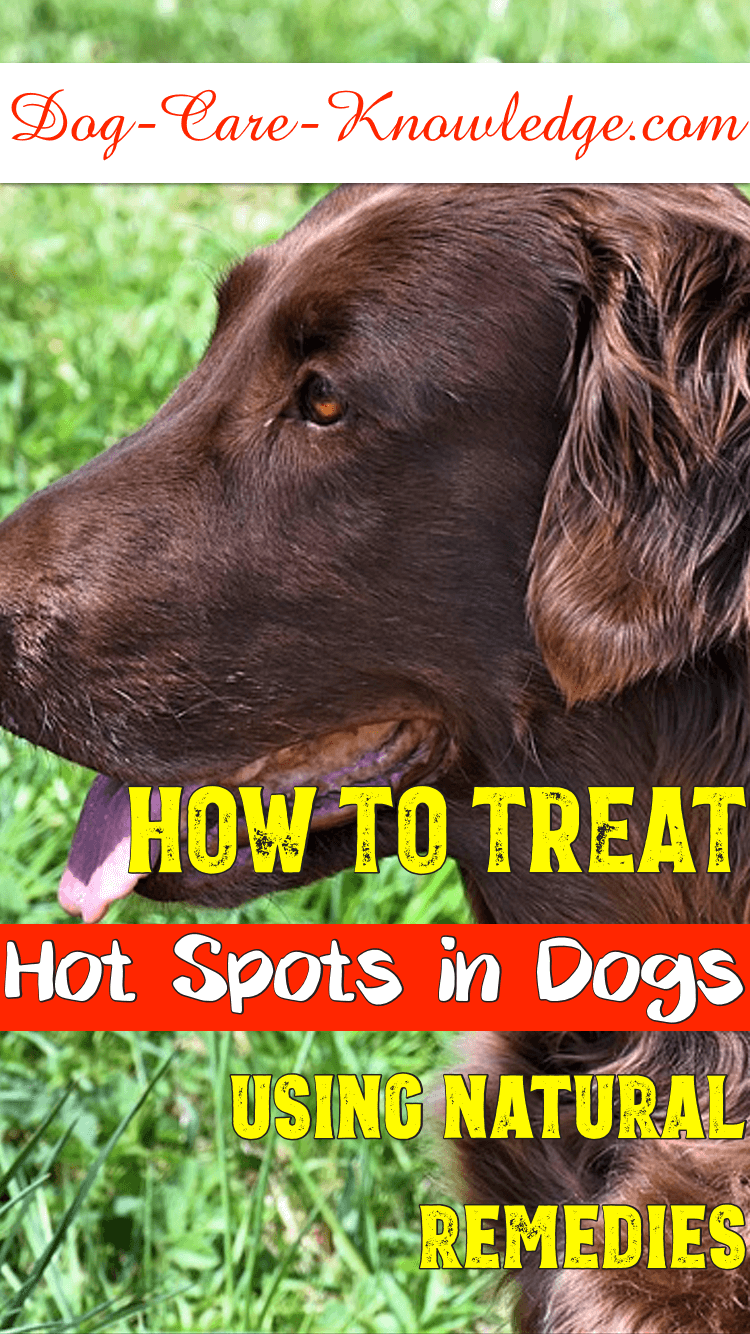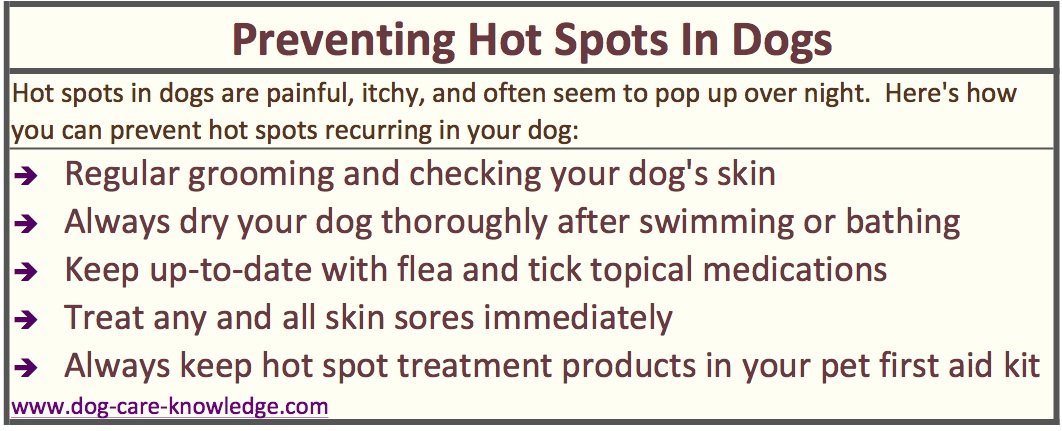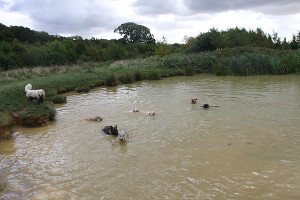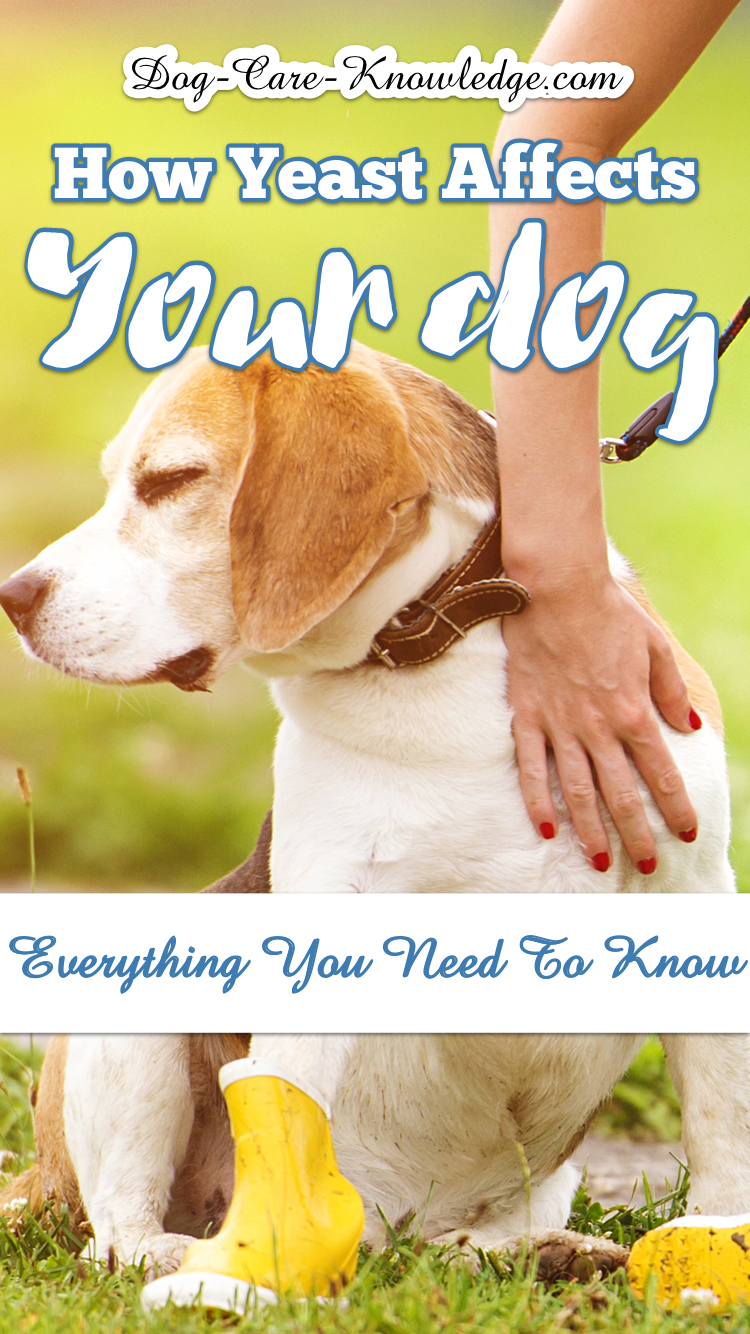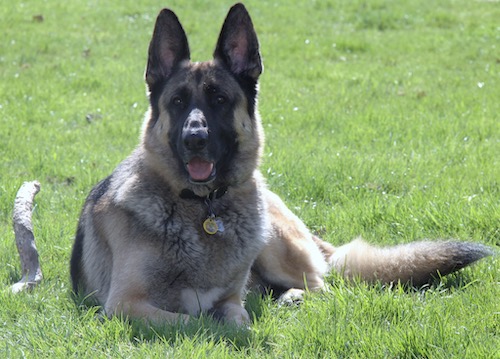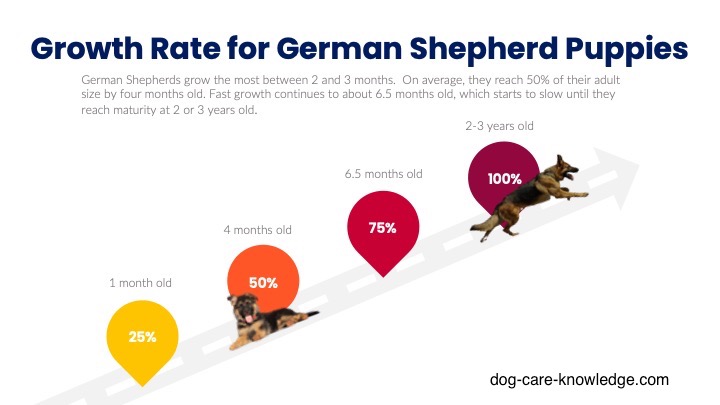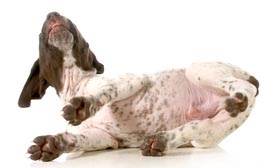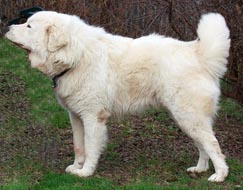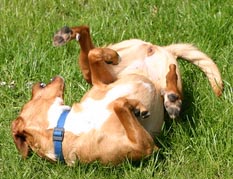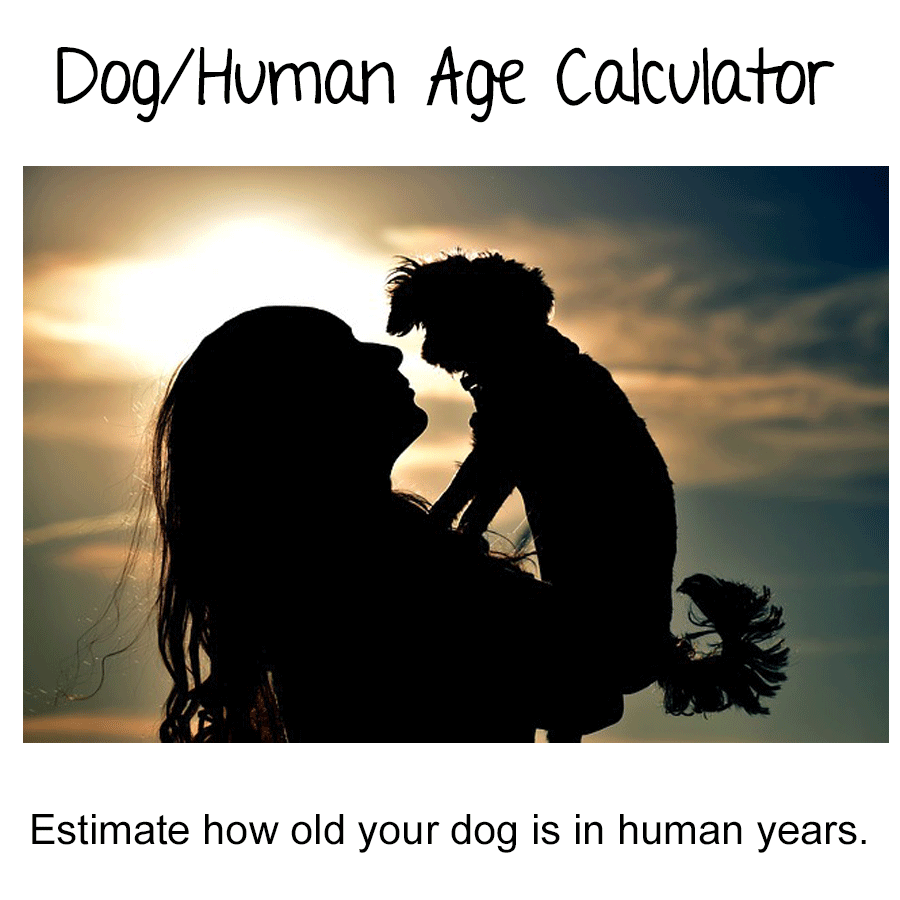- Home
- Skin Conditions
- Hot Spots in Dogs
- Home
- Itchy Dog?
- Hot Spots in Dogs
Hot Spots in Dogs:
What Are They? And How To Treat Them
Hot spots in dogs can be caused by a variety of conditions such as yeast, mites, bacterial or fungal infections, allergies, matted fur, bug bites, and honestly, the list goes on and on. Basically, hot spots are the result of anything that irritates a dog's skin causing him to itch in one place. This then makes dogs lick, bite, and scratch at the area creating a sore.
Hot Spots by Another Name
- Acute moist dermatitis
- Pyotraumatic dermatitis
- Pyoderma
When a hot spot develops on a dog, it's painful, itchy, and often seem to pop up overnight. They're also recurrent, so once you see one, your dog is likely to suffer from other hot spots over time. If your dog already has a hot spot, it is crucial that you know how to treat it and prevent more from appearing. Here's how.
What Are Dog Hot Spots?
Before we get started on how to treat a hot spot, we need to first know how to recognize one! In short, hot spots are angry looking sores. They are characterized as being red, hairless, inflamed areas of skin that are warm to the touch and very painful and itchy for your dog. They're relatively easy to spot as most often the area exudes pus and can be foul smelling. You'll probably notice your dog obsessively itching, licking and biting at the area.
You may also notice that they seem to appear out of nowhere. This is fairly typical as these sores start out as small circular patches that enlarge rapidly - frequently within a matter of hours. This is caused by your dog licking and biting at the area due to the extreme discomfort.
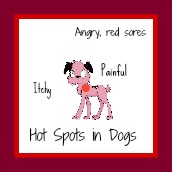
Dogs Prone to Hot Spots
Any dog can get one of these angry sores, but they typically affect dogs with long thick coats such as:
|
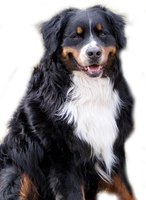 |
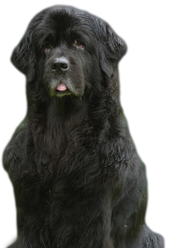 |
Home Treatment for Hot Spots on Dogs
Once you've identified a hot spot on your dog, it's essential to begin treatment as soon as you can. There are a variety of things you can put on your dog's hot spots, all of which are available over the counter at any pharmacy, or of course, from Amazon. As always, I like the natural approach so have outlined some useful home remedies here you can try.
The aim for any treatment is to get rid of the hot spots on your dog by:
- Cleaning and drying the area out
- Killing the bacteria
- Healing the skin
- Relieving the itching
Here's how you can do that in four easy steps.
Step 1 - Clear and Prepare The Area
Most hot spots in dogs are aggravated by the hair that surrounds them. That's why the first, and probably most awkward step, is to cut, clip, or shave the hair around the hot spot to expose the sore and provide a clean area around the wound.
Be very careful when doing this, and DON'T use regular scissors. Use either grooming scissors with blunt ends or clip the fur instead. The idea is to ensure you get a clear enough margin around the hot spot to stop hairs going into the wound. If you don't the hot spot will take longer to heal and can become infected really quickly.
Step 2 - Clean and Disinfect the Hot Spot
Hot spots in dogs are bacterial by nature and can increase rapidly. We, therefore, have to kill the bacteria. You can do this by using a natural antibacterial solution that is safe for dogs and won't sting. Avoid anything with alcohol or vinegar.
Also avoid using anything that is too moist, such as coconut oil. The aim with hot spots is to dry the area out.
For an over-the-counter solution, I recommend using either Betadine or Chlorhexidine, both of which will need to be diluted with water according to the instructions on the bottle.
You can purchase Betadine or Chlorhexidine below from Amazon, or from most pharmacies (e.g., Walgreens or CVS).
Gently bathe the area with a soft cloth, gauze, or cotton wool dipped in the diluted solution (Betadine or Chlorhexidine). Do this as often as necessary to keep the wound clean, dry and pus-free. Repeat for a minimum of three times a day, but repeat more often if you see pus oozing from the wound, even if it's every two hours.
Natural Home Remedies For Hot Spots
A natural home remedy you can try is washing the area with soaked teabags (black or green) or Epsom salts.
Black or Green Tea Method
Green tea contains polyphenols that have an anti-inflammatory agent. Black tea has tannins that help to dry out the area. Either one can be used or a combination of both.
The tea solution is best used before the Epsom salts method (below).
- Steep 1 or 2 teabags (dependent on the size of hot spot) in boiling water for 5 minutes
- Remove tea bags and allow to thoroughly cool
- Place tea bags on the affected area for 5 minutes
- Remove tea bags and dry area carefully
- Repeat about 3 or 4 times per day
Epsom Salts Method
Epsom salts work well to dry the area and fight the bacteria. It will also provide a welcome relief from the itching immediately.
Instructions:
- Completely dissolve 1/2 cup Epsom Salts in 1 gallon of warm water. Stir well to ensure salts are thoroughly dissolved.
- Saturate a soft cloth in the solution and dab on the affected area.
- Dry the area thoroughly.
- Repeat as necessary, about 3 or 4 times per day.
Step 3 - Treat the Hot Spot Topically
To enable faster healing, use a natural topical solution that promotes recovery without aggravating the sore.
I like Vet Recommended Colloidal Silver spray. It has an antibacterial and antiviral agent that is effective against most bacteria, germs, viruses, and fungi and heals the skin quickly.
It comes in a simple spray that is easy to apply and fast working.
Step 4 - Stop the Itch
Hot spots in dogs take time to heal. You'll usually see some improvement within 2-3 days, but the whole healing process can take 1-2 weeks.
While the hot spot is in the healing process, it's essential to stop the itching. If you don't, your dog is going to be licking and biting at it, which won't help the healing process and will cause it to spread.
Hot spots in dogs spread fast!
Treat the area with an Anti-Itch spray that specifically targets hot spots.
Prevention of Dog Hot Spots
Bathing your dog monthly with a shampoo containing an antibacterial and antifungal agent with help to prevent hot spots from recurring.
Although you may be seeing only one area of concern (the hot spot), there may be other issues with your dog's skin that you can't see under all that fur.
That's why I recommend using a shampoo that is not only going to treat the hot spot but will treat the whole skin and eliminate the root cause, preventing more from occurring.
Besides, given that hot spots are usually secondary to a lot of other skin irritations (as listed below) it makes sense to treat the whole skin and not just the hot spot.
Common Causes of Hot Spots in Dogs
There are many reasons dogs can be affected by this acute form of dermatitis, here are some of the most common reasons:
- Flea-bite allergy (most common cause of all)
- Skin allergies in general
- Bites from other parasites (mites, ticks, etc.)
- Chemical irritant (see Contact allergy)
- Skin infection
- Ear and anal gland infections
- Neglected grooming
Dogs that swim a lot, live in a humid climate, or even just before shedding are also likely to be affected more. Basically, any situation that causes moist, dead hair to be trapped next to the skin can also create a hot spot in dogs.
As you can see, there are many causes of hot spots in dogs and given that they often reoccur, I would advise trying to find the root cause. You can find more information on different types of skin conditions in dogs here.
No matter what the cause of hot spots in dogs, treatment should always focus on these four steps; clean and dry the area out, kill the bacteria, heal the skin and relieve the itching for your dog.
